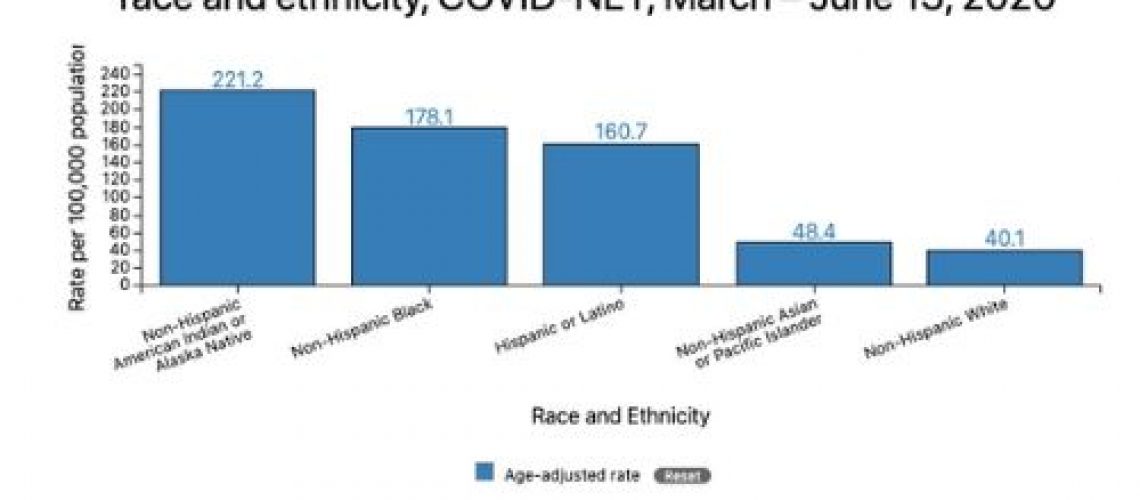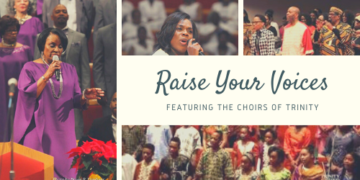What Do Coronavirus Racial Disparities Look Like State By State?
Long-standing systemic health and social inequities have put some members of racial and ethnic minority groups at increased risk of getting COVID-19 or experiencing severe illness, regardless of age. Among some racial and ethnic minority groups, including non-Hispanic black persons, Hispanics and Latinos, and American Indians/Alaska Natives, evidence points to higher rates of hospitalization or death from COVID-19 than among non-Hispanic white persons. As of June 12, 2020, age-adjusted hospitalization rates are highest among non-Hispanic American Indian or Alaska Native and non-Hispanic black persons, followed by Hispanic or Latino persons.
- Non-Hispanic American Indian or Alaska Native persons have a rate approximately 5 times that of non-Hispanic white persons,
- non-Hispanic black persons have a rate approximately 5 times that of non-Hispanic white persons,
- Hispanic or Latino persons have a rate approximately 4 times that of non-Hispanic white persons.

While everyone is at risk of getting COVID-19, some people may be more likely to get COVID-19 or experience severe illness. COVID-19 is a new disease, and CDC is learning more about it and how it affects people every day. As we learn more, CDC will continue to update and share new information, including on what we know about those who are at increased risk for getting severely ill from COVID-19.






